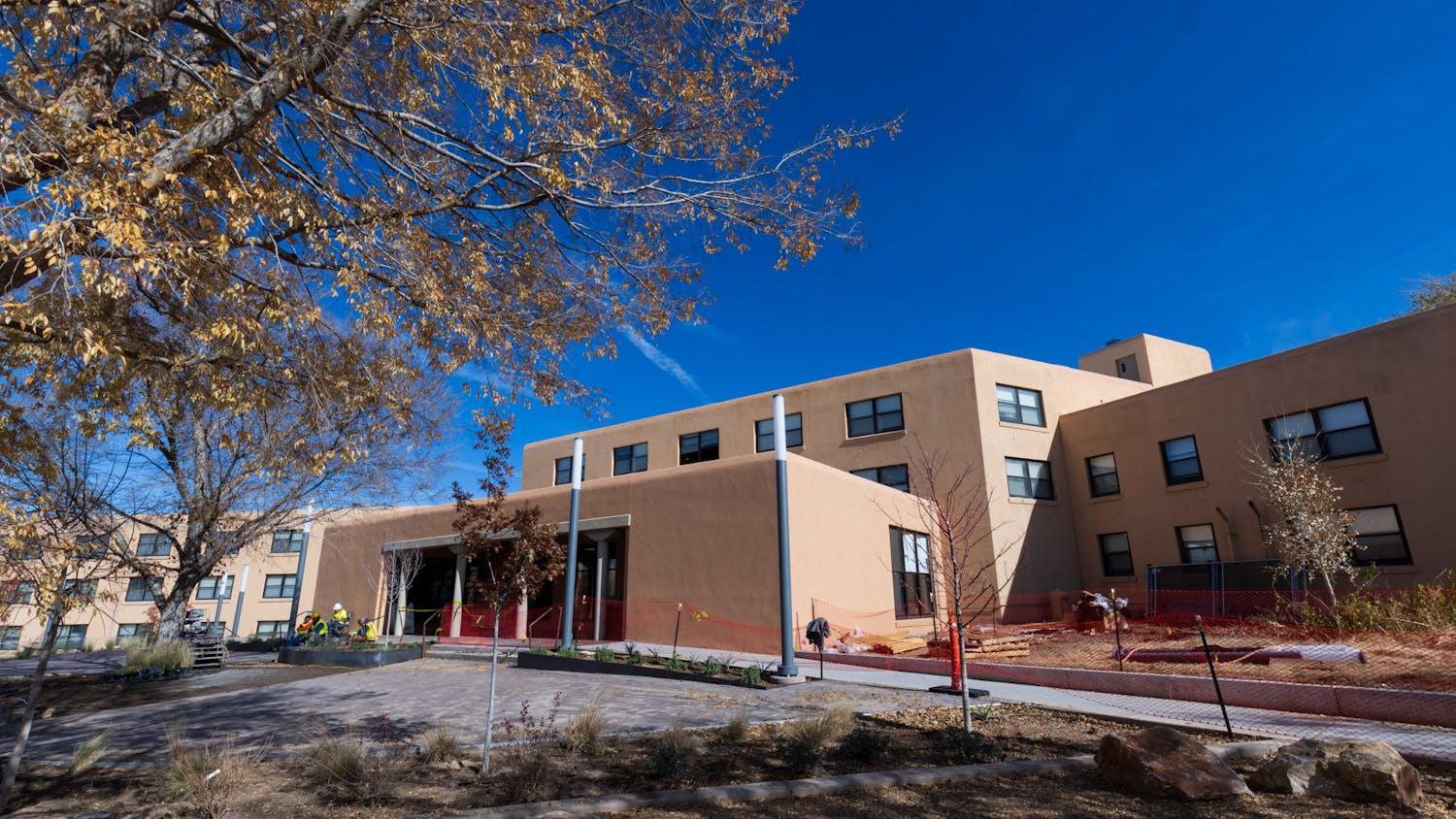UNM student Lawrence Shorty was awarded $75,000 to encourage American Indians to stop smoking outside of ceremonies and to explain the differences between traditional and manufactured tobacco.
Shorty is a graduate student in Public Health and Community and Regional Planning Programs, and is Navajo and Mississippi Choctaw. He will receive $25,000 per year for three years from the Developing Leadership in Reducing Substance Abuse program to curb substance abuse among American Indians, who he said have the highest tobacco use rates of all major ethnic groups.
According to its Web site, the leadership program is a national program of the Robert Wood Johnson Foundation that works with future health leaders to address substance abuse problems through research and education.
Shorty will go to the University of North Carolina at Chapel Hill for a tobacco-training program sponsored by the Centers for Disease Control and Prevention. He will use some of the $75,000 to create anti-tobacco industry commercials for American Indians.
"My messages are primarily focused on identifying that, one, tobacco manufacturers are not our friends, and two, that the products that they make are not traditional tobacco, and three, they can make you sick," he said.
Manufacturers process and add chemicals to tobacco, Shorty said, and have created hundreds of varieties of the species.
"The tobacco manufacturers have taken one of our sacred plants and they've twisted it into products that cause great illness," he said.
Shorty said aboriginal plants and traditional tobacco are smoked while they are still green during the same season in which they are grown. He said they contain a very high alkaloid content causing a harsh smoking experience.
"You can't use that much," Shorty said. "If you use it, it'll hit you really hard, so you don't want to use that much. You're almost restricted from using it."
He said in spite of being a harsher, hotter smoke, traditional tobacco plants are still addictive because they contain nicotine and should not be smoked outside of ceremonies.
People smoke packs of manufactured cigarettes a day, Shorty said, because people smoke the tobacco outside of its growing season, which makes for a milder smoke.
Shorty said that when he was eight years old, his Navajo grandfather asked him to bring tobacco leaves from North Carolina to be used in a ceremony.
Get content from The Daily Lobo delivered to your inbox
He said that experience sparked his interest in traditional tobacco, and he began wondering how he could bring it to other American Indians for ceremonial use.
At the age of 24, Shorty began growing a field of traditional tobacco and indigenous plants in the South Valley for ceremonial smoking.
"I tried to engage other people in helping to get them access to some of the species of tobacco that the tobacco industry does not use," he said.
Shorty said he grows some of the same kinds of tobacco used by the manufacturers called "tabacum."
"The reason I grow tabacum is it's a symbolic gesture of reclaiming that plant for aboriginal use because right now the majority of people who utilize it grow it for the tobacco industry," he said.
Tobacco is one of the sacred plants in many tribes along with corn, beans, squash, sage and sweetgrass, Shorty said.
"When you burn tobacco, when it touches fire, the idea is that it carries your true intent up to the supernaturals, up to the heavens, so to speak, and so that the agreement becomes much more binding," he said.
Shorty's advertisements have already appeared in some tribal newspapers. For more information on the Developing Leadership in Reducing Substance Abuse program, visit www.saleaders.org.





